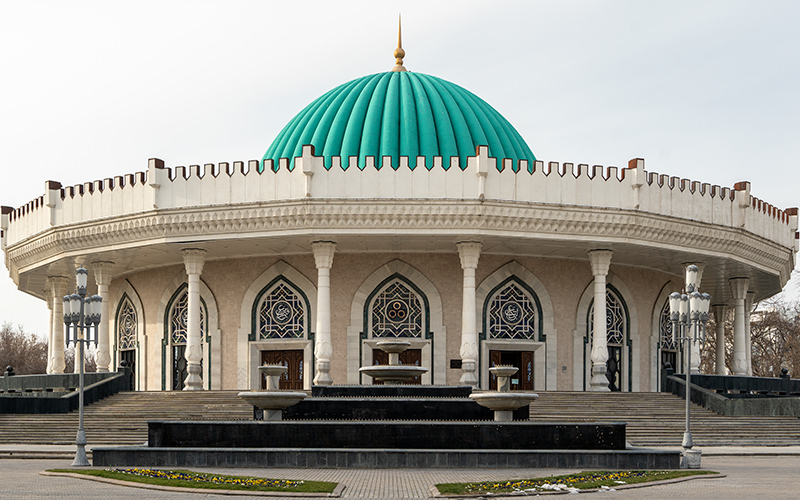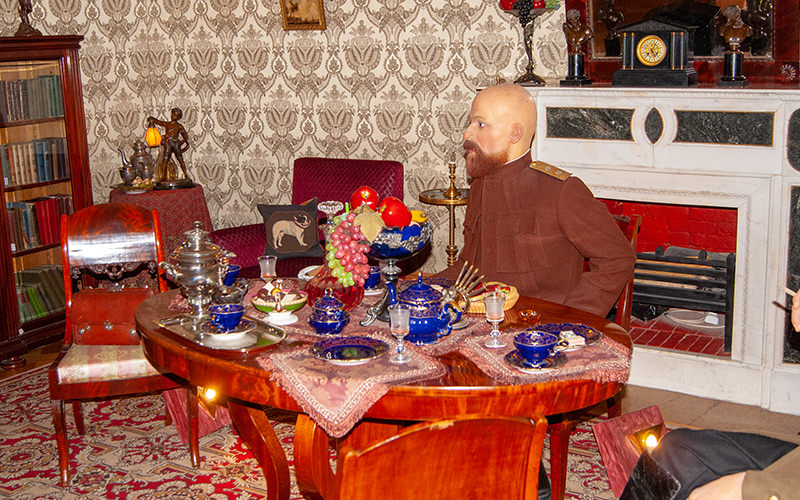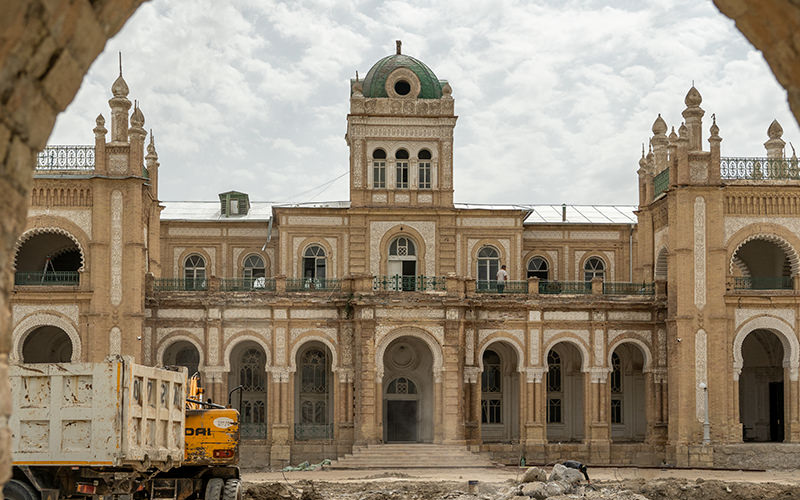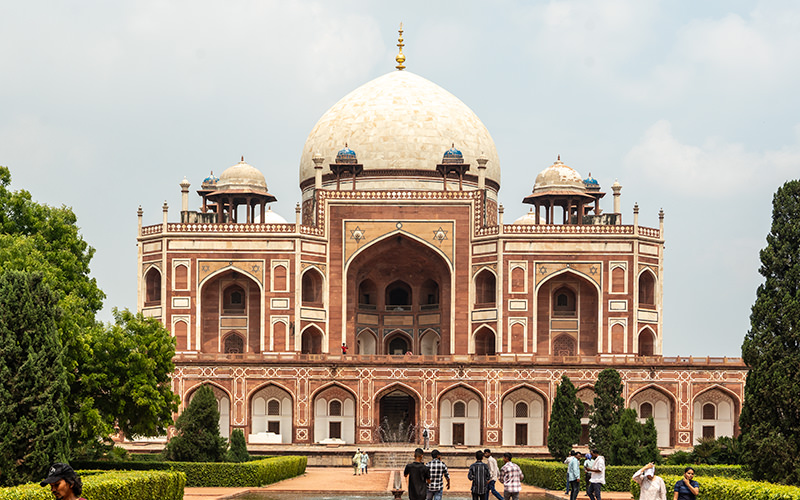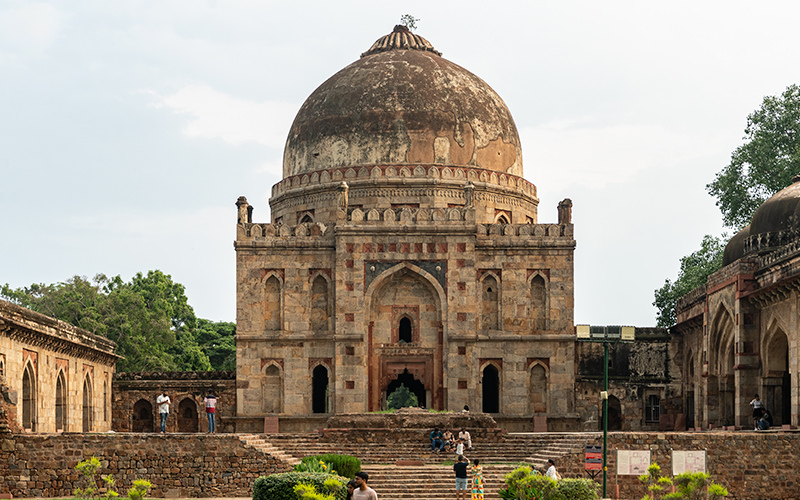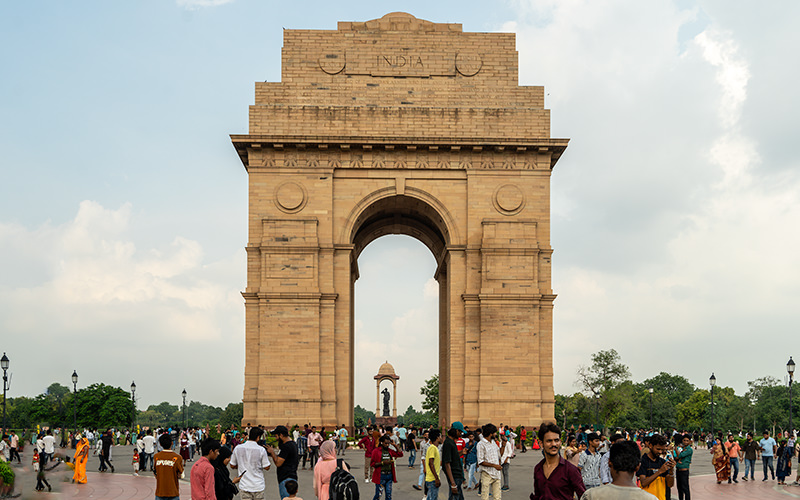The Lotus Temple is one of those Indian landmarks whose images I’ve seen most frequently on the internet. While planning my trip, I constantly came across photos of this unusual, massive building designed in the shape of a giant lotus flower. Naturally, I couldn’t miss the opportunity to visit it during my journey to the Indian capital.
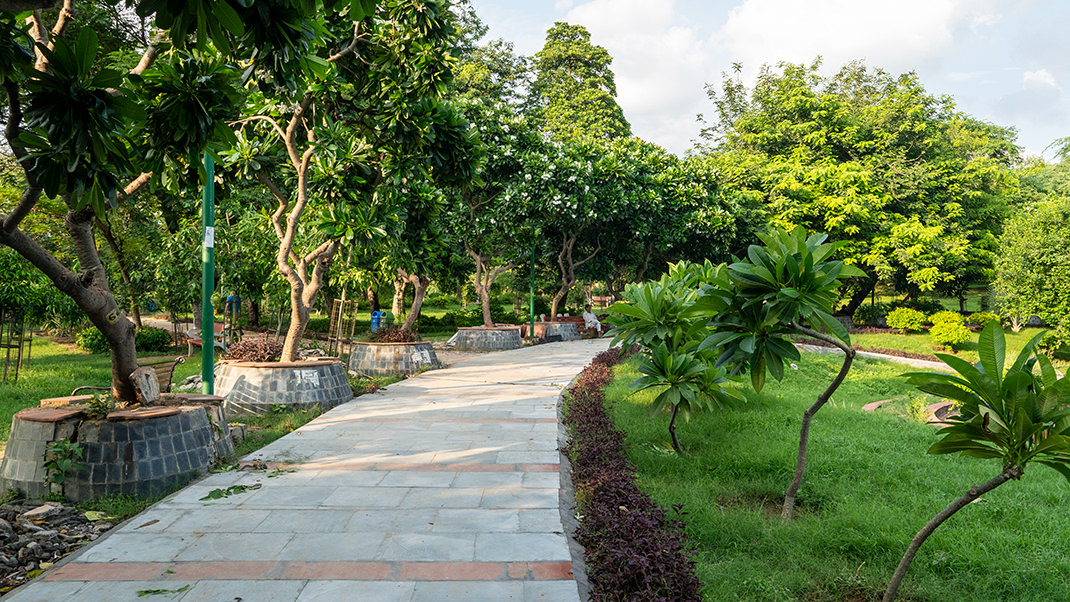
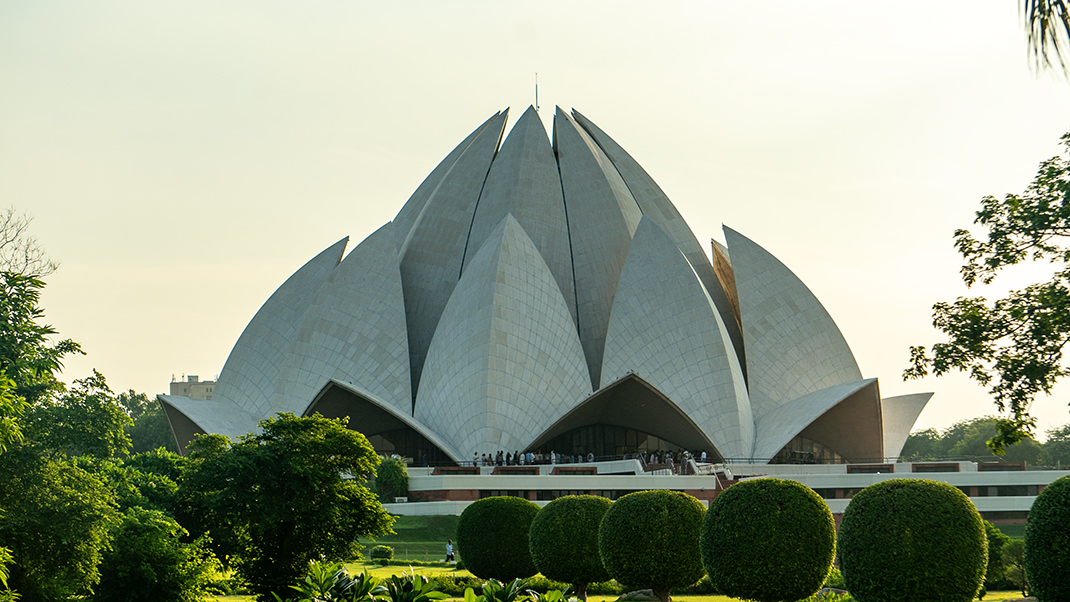
A Bit of History
The Lotus Temple is the popular name of the complex. The official name of the building is the Bahá'í House of Worship. The Bahá'ís are followers of a religion that originated in the second half of the 19th century. Today, the largest Bahá'í communities are found in India and the United States. It is estimated that there are about seven million Bahá'ís worldwide.
The land for the construction of the Lotus Temple was acquired as early as 1953, but construction work began much later. The building was erected between 1980 and 1986, with the architect being F. Sahba. It is said online that he was also the builder of the Bahá'í World Centre gardens in Haifa.
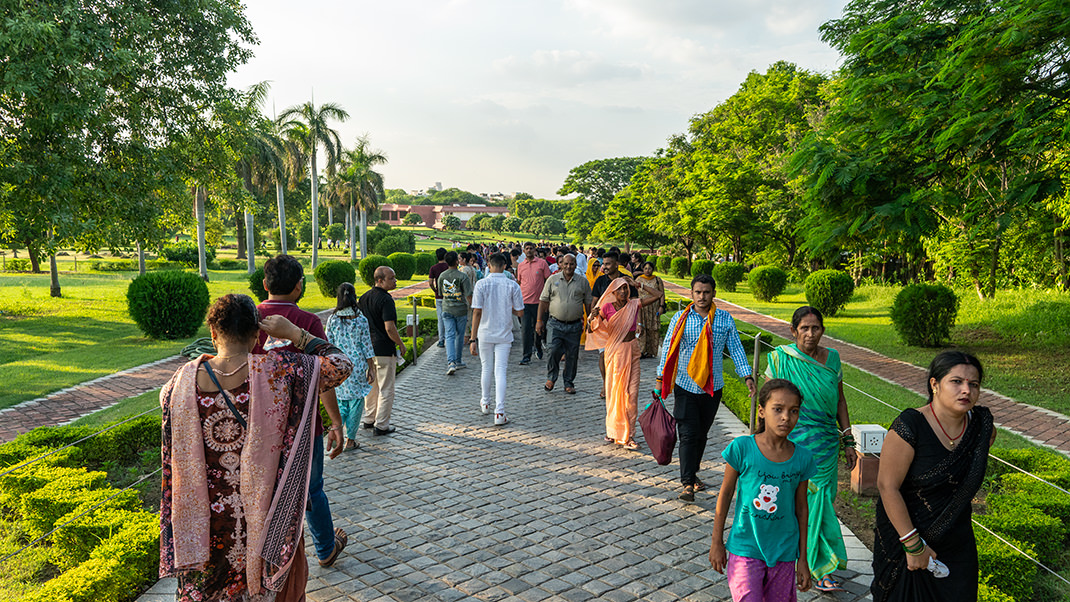
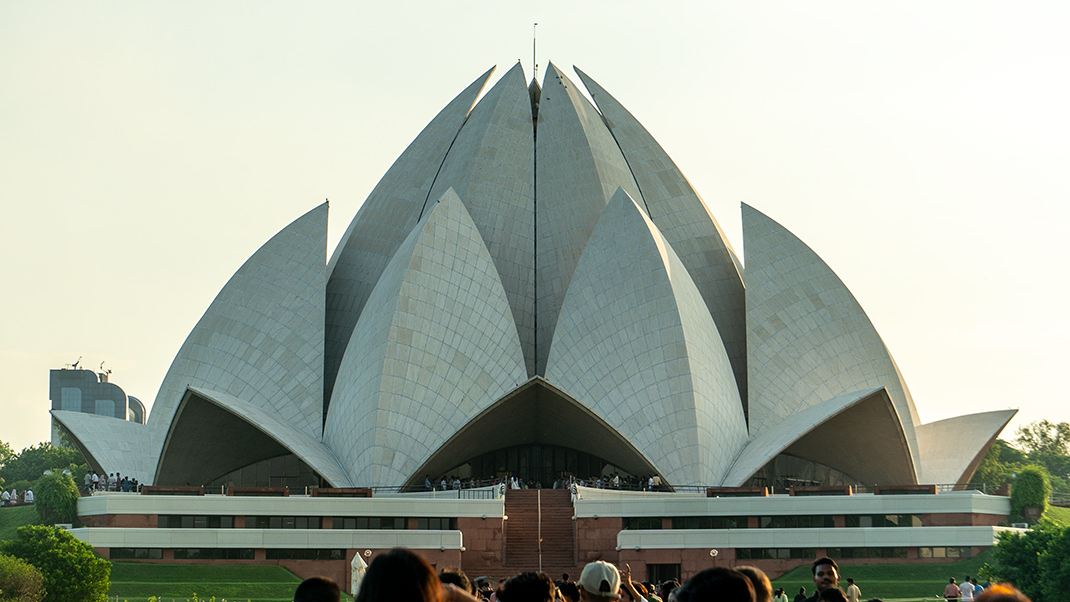
The temple’s structure is very unique: it resembles a huge half-open lotus flower. The building is surrounded by three rows of "petals," with nine petals in each row. The marble for the structure was sourced from Greece, while the shaping was done in Italy. Surrounding the building are pools, which help cool the temple’s interiors during the summer heat. The main building can accommodate 1,300 visitors. In addition to the temple, there are information and educational centers on the grounds.
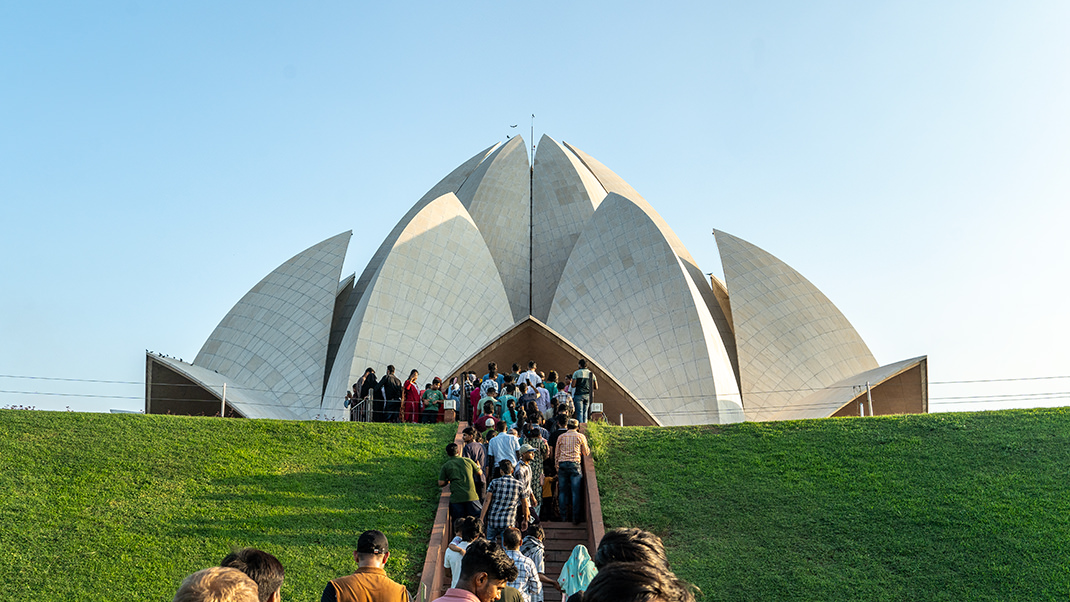
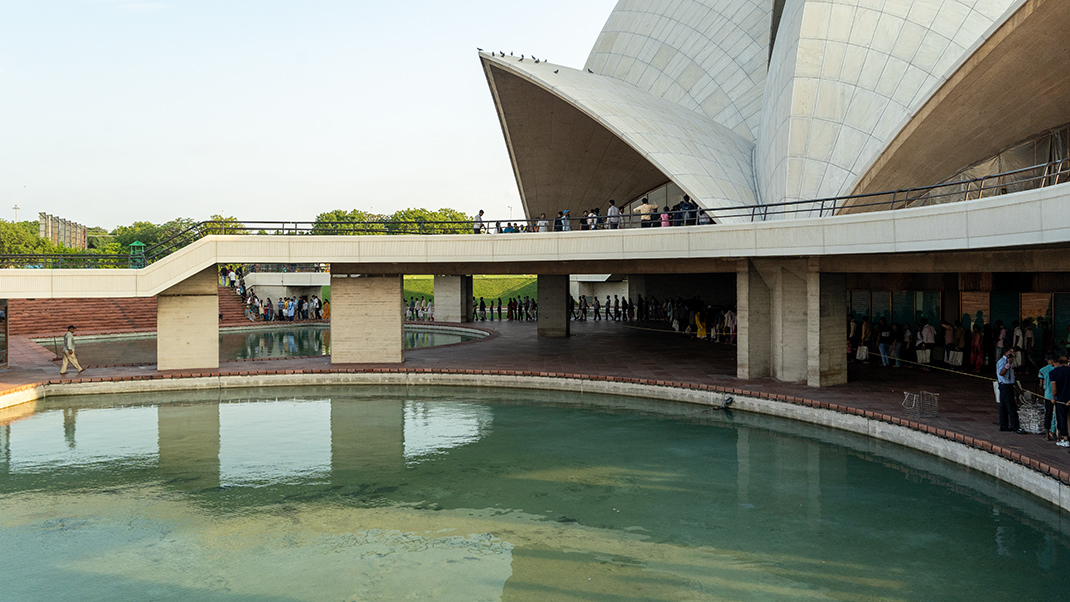
Exploring the Complex
Visiting the Lotus Temple isn’t exactly comfortable—on the day I visited, there was an enormous crowd. People form a queue and slowly walk towards the entrance. The walk from the entrance gate to the temple took over 20 minutes. We were lucky to arrive in the evening; standing in line under the scorching sun would have been unbearable. Closer to the entrance, you’ll need to remove your shoes and place them in a special bag.
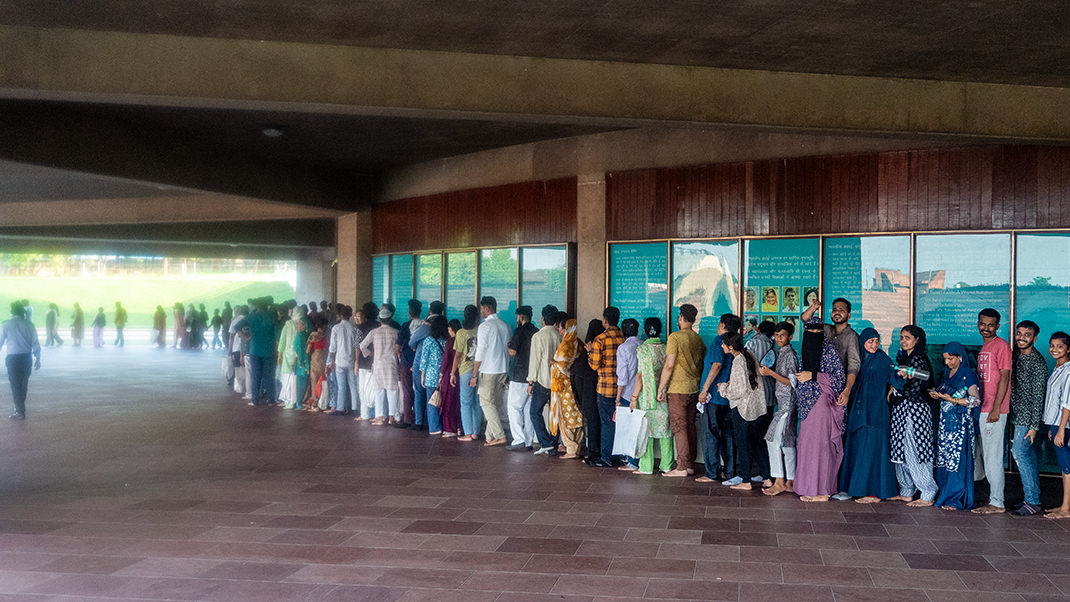
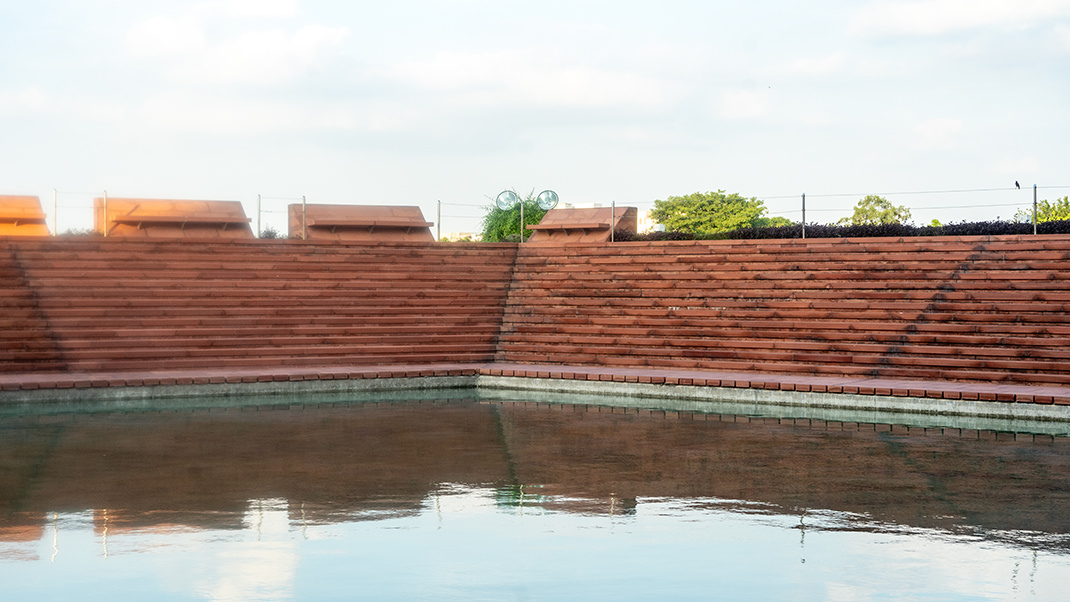
Before entering the temple, visitors are divided into groups, and the staff explains the history of the building (you can hear the explanation in English as well) before allowing guests inside. Photography of the temple’s interiors is prohibited, though, in practice, many visitors disregard this rule.
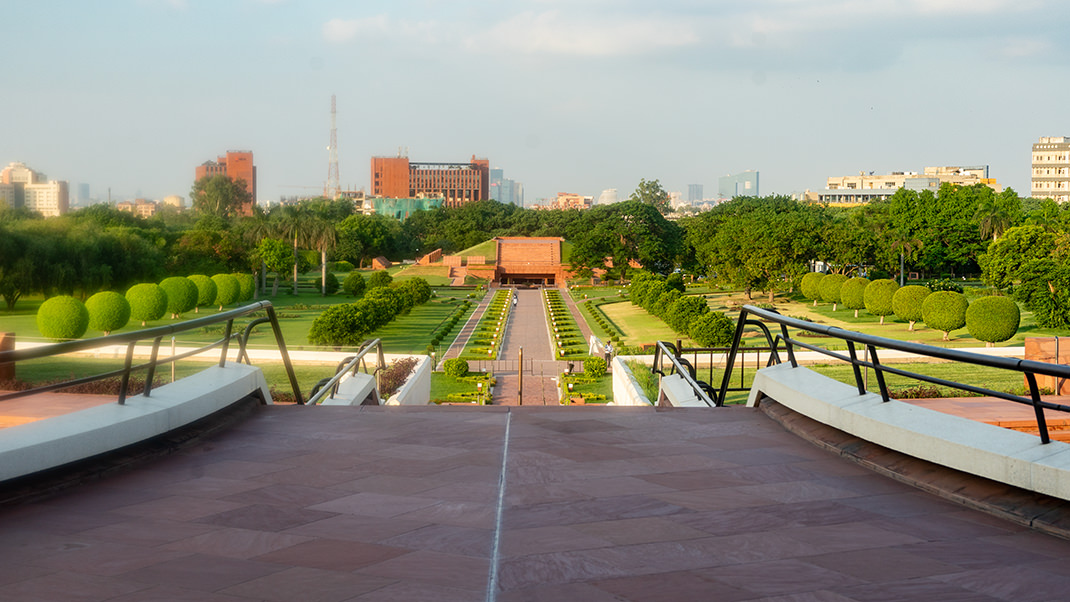
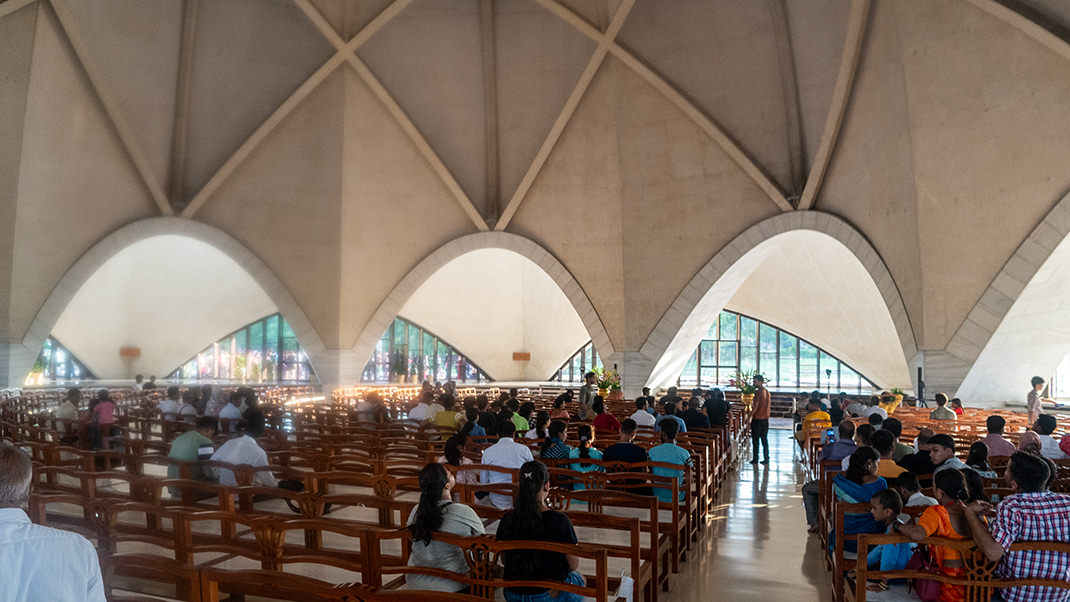
I reached the temple from Nehru Place metro station. On the way, you can walk through one of the city parks, although it isn’t particularly noteworthy. The temple complex is fenced, with the entrance located on the eastern side. The closest metro stations are Okhla NSIC and Kalkaji Mandir.
Entry to the Lotus Temple is free. The complex is open from Tuesday to Sunday, from 8:30 AM to 6:00 PM. Worship services are held at 10 AM, 12 PM, 3 PM, and 5 PM, each lasting about 10–15 minutes.
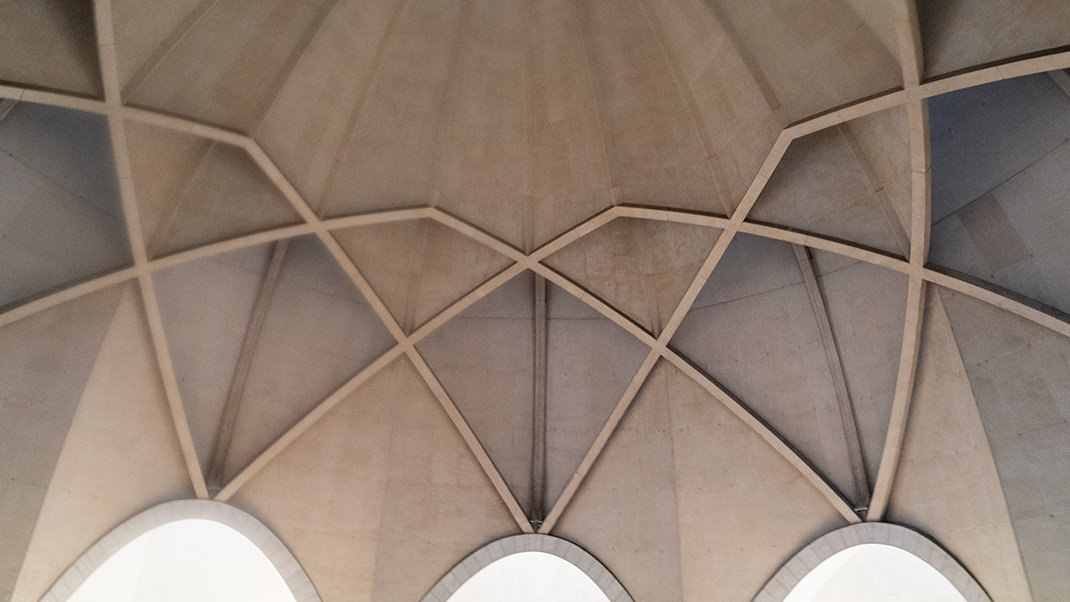
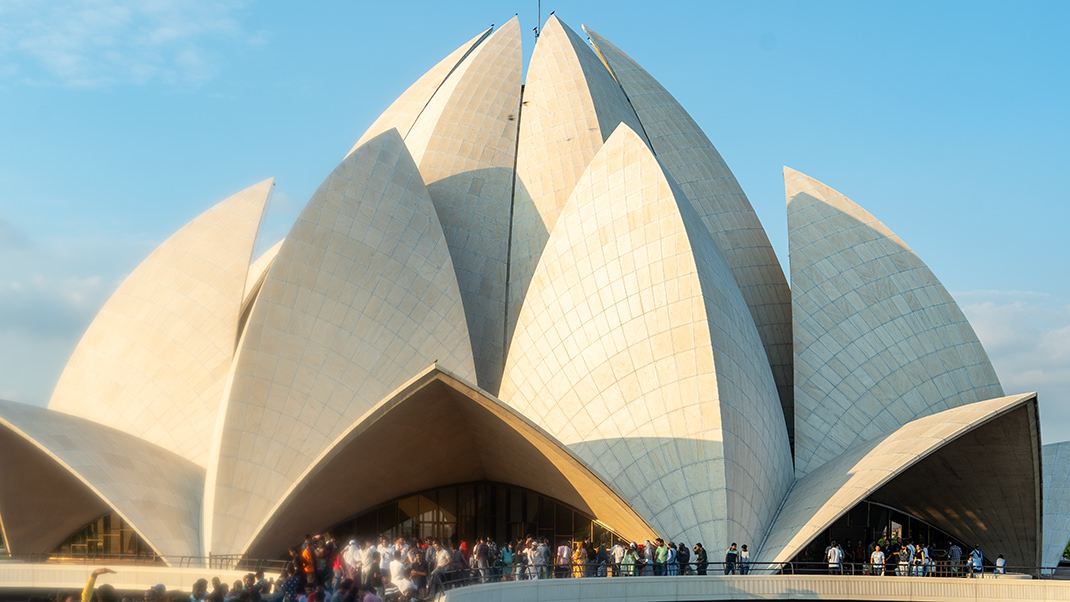
The next Delhi landmark I’ll introduce you to will be the Humayun’s Tomb complex.
Have a nice trip!


